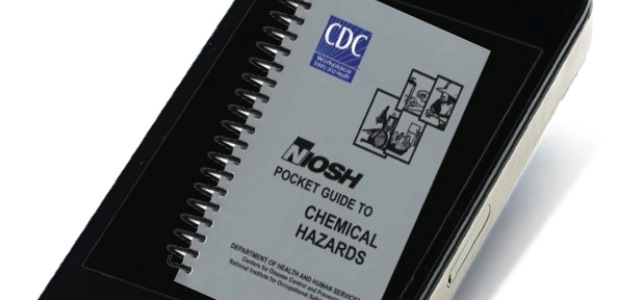
New European Commission Directive Establishes Fourth List of OELs
The 28 Member States now must enact the laws, regulations, and administrative provisions needed to comply by Aug. 21, 2018. The list includes carbon monoxide, sulfur dioxide, hydrogen cyanide, manganese, and diacetyl, and 26 other chemicals.
A new European Commission directive, Directive 2017/164, issued on Jan. 31 establishes a fourth list of indicative occupational exposure limit values (IOELVs, as the directive calls them). The 28 Member States now must enact the laws, regulations, and administrative provisions needed to comply by Aug. 21, 2018.
The list includes carbon monoxide, sulfur dioxide, hydrogen cyanide, manganese, and diacetyl, among many other chemicals.
It was published as directed by Council Directive 98/24/EC, which directs the commission to propose or revise EU objectives in the form of IOELVs to protect workers from risks arising from exposure to hazardous chemicals, taking into account the availability of measurement techniques.
As in the United States, the term "occupational exposure limit value" here means the time-weighted average of the concentration of a chemical agent in the air within the breathing zone of a worker. IOELVs are health-based occupational exposure limit values -- threshold levels of exposure below which, in general, no detrimental effects are expected for any given chemical agent after short-term or daily exposure over a working lifetime.
For any chemical agent for which an IOELV has been set at Union level, Member States are required to establish a national occupational exposure limit value.
"For certain substances," the directive states, "it is necessary to take into account the possibility of penetration through the skin in order to ensure the best possible level of protection. Among the chemical agents listed in the 31 entries in the Annex to this Directive, SCOEL identified the possibility of significant uptake through the skin for glycerol trinitrate, carbon tetrachloride, hydrogen cyanide, methylene chloride, nitroethane, 1,4-dichlorobenzene, methyl formate, tetrachloroethylene, sodium cyanide and potassium cyanide. It is therefore appropriate to set in the Annex to this Directive notations indicating the possibility of significant uptake through the skin for these chemical agents, in addition to the IOELVs."